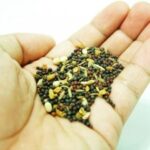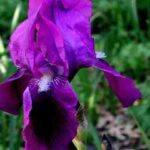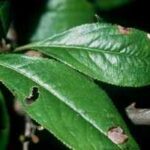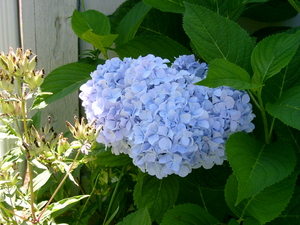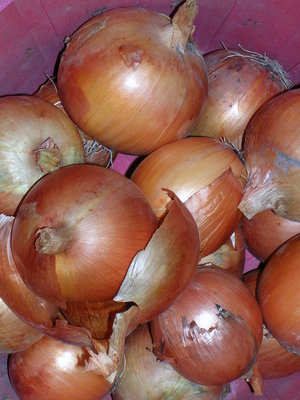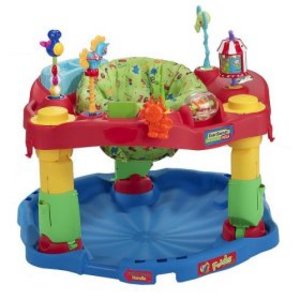One of my favorite flowering plants is the bleeding heart (Dicentra) also known as the Lady in the bath. Of course, you can buy a plant that is already growing from a garden supply store, catalog, or online, but why spend money if you don’t have to. It is possible to start your own bleeding heart from seed. This will work on the old-fashioned or open pollinated bleeding hearts, but not if your plant is a hybrid. Even though you can plant the seeds from a hybrid bleeding heart, but they will not look like the parent plant.
Gather the Seeds
After the flowers bloom and fade, seedpods take their place. Watch and wait as the seed ripens or matures inside. When the seedpods are dry and brown, they are ready for harvesting. You don’t want to wait too long or the seedpods will burst open on their own. Their seed will be lost to the ground. Many gardeners, every time they go outside, they carry pruning shears and a bucket. If you get in the habit of doing that, you will always be ready to gather the seed at the right time.
Stratify the Seeds
Inside the house, or a protected area, cover the bottom of a tray with paper towels. Hold the seedpods over the tray as you break them open. The small round seeds can easily roll away if you don’t use a paper towel or napkin.
Separate the seeds from the debris. Store your seeds into a small vial, or other waterproof container. The seeds have to go through a period of stratification before you can plant them. Place the container in the freezer for a period of six weeks to three months.
Eight weeks before the last expected frost date in your area, remove the seeds from the freezer.
Gather some peat pots. You’ll want to have one peat pot for each seed you want to plant. Fill the pots with moistened, well-draining potting soil. To moisten your potting soil, put the soil on a tarp-covered worktable or in a big bucket. Sprinkle some water over the soil and mix it with your hands. Keep adding water until you have it the right consistency. You can tell if you have added enough water by squeezing a handful of soil. If the soil holds together without falling apart, you’ve added enough water. If it falls apart, you need more water, but if you can squeeze water out of the soil or it oozes between your fingers, then you’ve added too much water.
Once the peat pots are filled, place one seed on top center of the soil. Do not push the seed into the soil. When finished, just barely cover the seeds with sieved soil or vermiculite. If you put too much soil over the seeds, they will not germinate because they need light to germinate.
Place the pots on a tray with sides. We use an old cake pan to hold ours. It makes carrying them easier, and contains any moisture that might leak out from the bottom. Mist the tops with water and then cover the pots with a sheet of clear plastic.
Place the peat pots on a heat mat under grow lights. The top of the pots should be at least 4 inches above them. If the lights are any closer, it will be too hot under the plastic for the seeds to germinate. The area should remain 60 to 65 degrees Fahrenheit.
Check the soil moisture daily. It needs to stay evenly moist, but not soggy or the seeds will rot. When you see that the seeds have germinated, remove the plastic cover. Move the plants to a sunny window. Continue to monitor the soil, to keep it moist.
When all danger of frost in your area is gone, you can safely plant them into the prepared garden site.
To prepare the garden, remove the weeds and then dig or till the soil. Amend the soil with 2 to 3 inches of well-rotted compost. Dig the planting holes to the same depth as the peat pots.
Before you plant the peat pots into the ground, peel away the top ½ inch of the peat pot away. If you allow this to stick out of the ground, it will act like a wick and release moisture into the air. Water the area well. Lay 3 inches of mulch over the soil to help retain moisture and stop the weeds from growing. For the first season, keep the soil evenly moist, until the plants are established.
Sources:
North Dakota State University: Home Propagation Techniques
Melinda Myers: Bleeding Heart
Michigan State University Extension: Dicentra Spectabilis-Bleeding Heart

